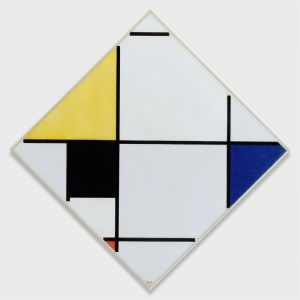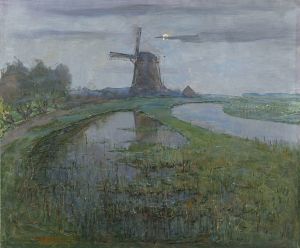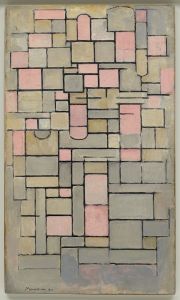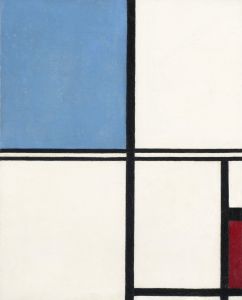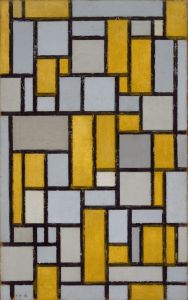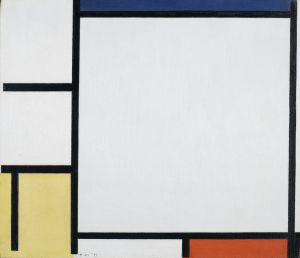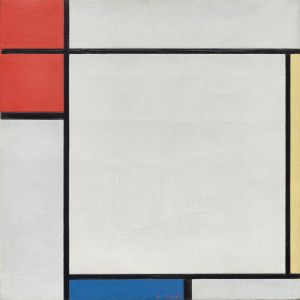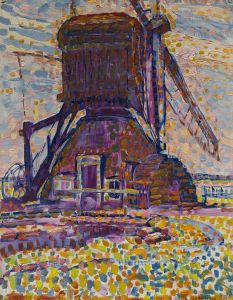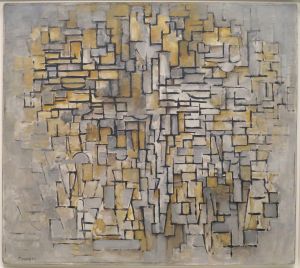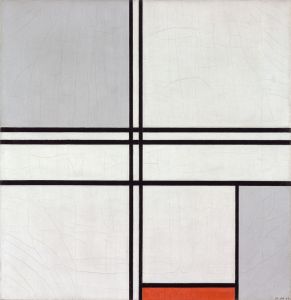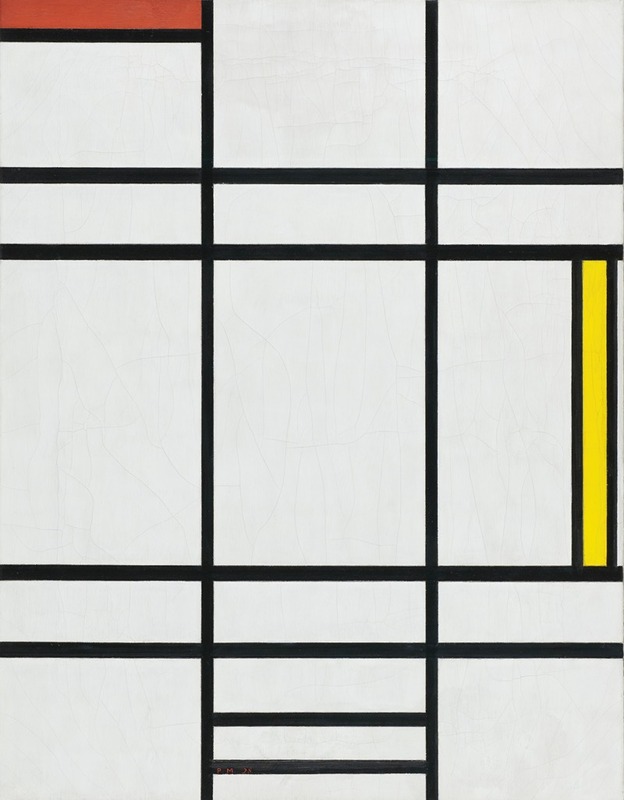
Composition in White, Red, and Yellow
A hand-painted replica of Piet Mondrian’s masterpiece Composition in White, Red, and Yellow, meticulously crafted by professional artists to capture the true essence of the original. Each piece is created with museum-quality canvas and rare mineral pigments, carefully painted by experienced artists with delicate brushstrokes and rich, layered colors to perfectly recreate the texture of the original artwork. Unlike machine-printed reproductions, this hand-painted version brings the painting to life, infused with the artist’s emotions and skill in every stroke. Whether for personal collection or home decoration, it instantly elevates the artistic atmosphere of any space.
Piet Mondrian, a Dutch painter, is renowned for his contributions to the De Stijl art movement and his development of a distinct style known as neoplasticism. One of his notable works, "Composition in White, Red, and Yellow," exemplifies his artistic philosophy and approach. Mondrian's work is characterized by a reduction of form and color, focusing on the use of primary colors, along with black, white, and gray, and a grid of vertical and horizontal lines.
"Composition in White, Red, and Yellow" is part of Mondrian's series of abstract paintings that emphasize simplicity and harmony. The painting reflects his belief in a universal aesthetic that transcends individual subjectivity and represents a higher, spiritual order. By using a limited palette and geometric forms, Mondrian sought to express the underlying structure of reality.
In this composition, Mondrian employs a grid of black lines to delineate rectangular spaces filled with blocks of color. The use of white, red, and yellow in this painting is significant, as these colors are part of Mondrian's primary color scheme, which he believed could convey pure reality and universal values. The interplay of these colors and the balance of the composition create a dynamic tension, inviting viewers to engage with the painting on a deeper, more contemplative level.
Mondrian's work during this period was heavily influenced by his interest in theosophy and his desire to express spiritual concepts through art. He believed that by stripping away the unnecessary elements of traditional painting, he could reveal the essence of the universe. This approach is evident in "Composition in White, Red, and Yellow," where the simplicity of form and color becomes a vehicle for conveying complex ideas about harmony and balance.
The painting is also a reflection of Mondrian's response to the rapidly changing world around him. Living through the upheavals of the early 20th century, including World War I and the rise of modern technology, Mondrian sought to create art that offered stability and order. His compositions, including "Composition in White, Red, and Yellow," are seen as a counterpoint to the chaos of the external world, providing a sense of calm and equilibrium.
Mondrian's influence extends beyond the realm of painting. His ideas about abstraction and design have impacted various fields, including architecture, graphic design, and fashion. The principles he developed in works like "Composition in White, Red, and Yellow" continue to resonate with artists and designers who seek to explore the relationship between form, color, and space.
While specific details about the creation and exhibition history of "Composition in White, Red, and Yellow" may not be extensively documented, the painting remains an important example of Mondrian's mature style and his contributions to modern art. It embodies the artist's pursuit of a universal language of art, one that communicates through the purity of form and color, and continues to inspire and challenge viewers to this day.







